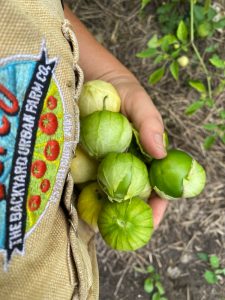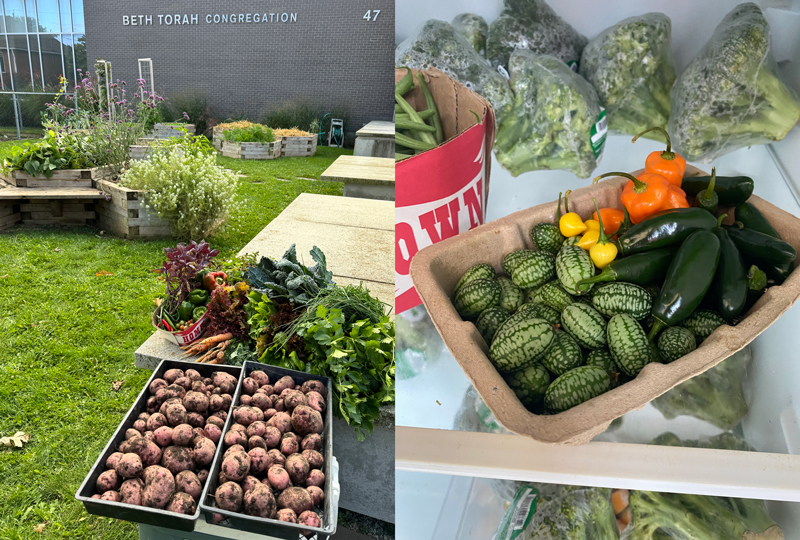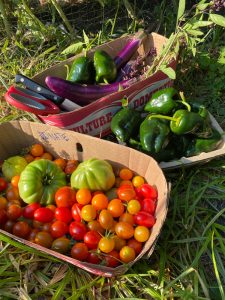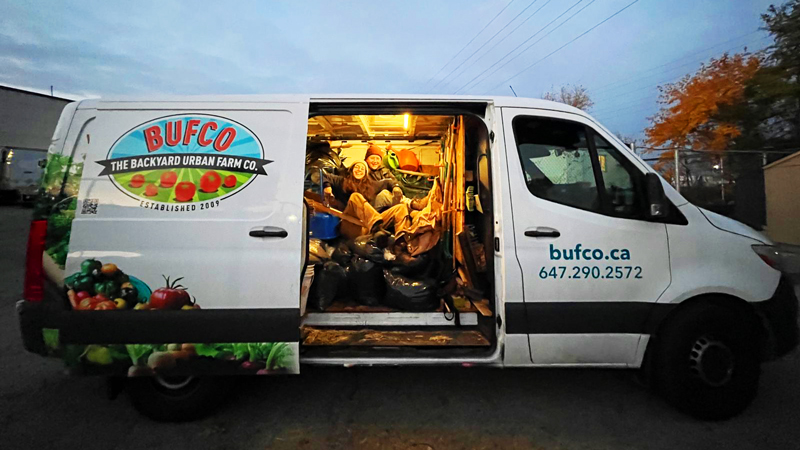Fall Gardening Tasks – Feed Your Community, Feed Yourself and then Feed the Soil
It’s that time of year again when harvest aprons swell and kitchen counters overflow with late season garden goodies. My fridge is stuffed with pole beans, hot and sweet peppers, tomatoes, kale and collards, carrots and more tomatillos than I have ever had to process. (See my suggested recipe below.)
In autumn it’s very easy to get overwhelmed with garden and kitchen tasks which can quickly morph from procrastination to avoidance and ultimately to rotten veggies. I quell my guilt by making compost with produce that is beyond salvageable, but with a few simple strategies we can feed ourselves and our families before we feed the composter! The garden will wait until we’re ready to put it to bed.

Divide and Donate
A really easy way to cut down on processing time of your late season harvest is by dividing it up and sharing with one of many Community Fridges, Community Food Centers, Foodbanks and other Not-for-Profits. This way, you help feed those who rarely get access to fresh, organic, homegrown produce. Here are a few suggestions of fantastic organizations that devote their energies to the important work of food sovereignty and security:
- Black Food Toronto
- Native Women’s Resource of Toronto Food Bank
- North York Harvest
- Food Bank of York Region
- Community Fridges Toronto

Can, Freeze, Pickle, Dry, Eat!

Yes, you can certainly make batches of tomato sauce, pour them into sterilized mason jars and process them in a hot water bath. While this can be a fun and relaxing way to spend a day, I don’t always have that much time to devote to food prep. If that is the case, I freeze it! Basil and other herbs like parsley, dill, cilantro can be blended with olive oil and poured into ice cube trays for future use. I’ve processed pounds of roasted tomatillos by freezing in half cup portions to use in the creation of a Green Sauce. Click here to see my new favourite recipe!
Quick pickling recipes abound on the internet and are a simple, fast, and easy way to preserve pints of peppers. And now is a great time to harvest an abundance of culinary herbs. Bunch them and hang them to dry on your window or toss them in a big bowl until they’re dry and ready to process and put away in a dark cupboard or drawer.
And the best way of all to store your fall harvest is in your tummy! One of my favorite things to do as I put my gardens to bed is to feast on whatever fall veggies are left – tomatoes, cucamelons, strawberries, lettuce, kale, collards, celery, carrots – you name it, and I’ll eat it while I’m gardening. It gives me great pleasure to dine with the squirrels, birds and insects that forage right along with me.
Feed your Soil
With a full heart and stomach and even fuller freezer I can now turn to the tasks of putting the garden to bed. This includes chopping and dropping healthy plant material, removing and discarding diseased plant material, replenishing the soil with compost, planting garlic for a spring and summer harvest next year, and covering and protecting the soil with either straw mulch or a living cover crop like winter rye. A hoop tunnel or cold frame, used to protect any remaining cold hardy crops, can be installed now, allowing harvests well into winter. Each one of these tasks deserves its own blog post and if you’re a DIYer you can find links to some useful blogposts here then head over to our fall garden shop to pick up everything you need.
If this sounds like too much work, we’d be happy to do it for you! Book your garden clean up service now.

Leave a Reply